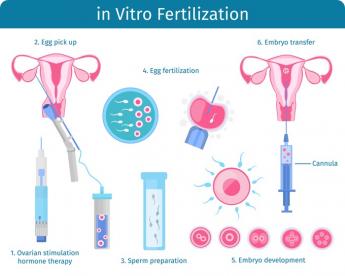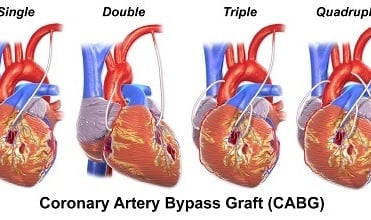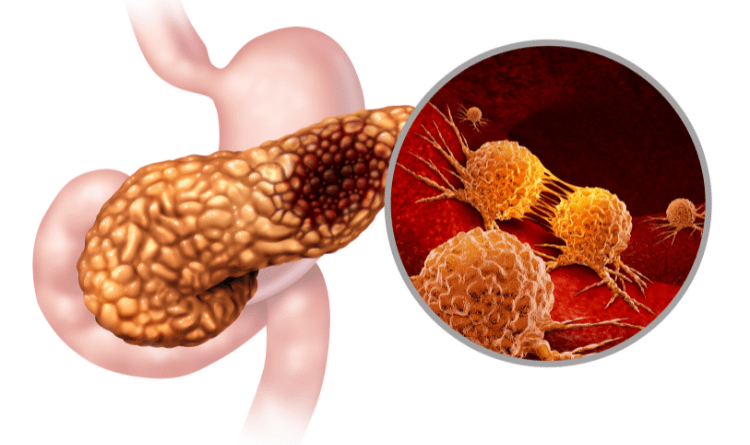Category : Fertility
Intra-Vitro Fertilization is a process where the fertilization of the egg with the sperm happens outside the body.

IVF
Intra-Vitro Fertilization is a process where the fertilization of the egg with the sperm happens outside the body. The fertilized egg gets transferred to a woman's body once the fertility specialist evaluates the favorability of the zygote.
Techniques Used For IVF
There are several techniques and methods used by a fertility specialist, to mention few-
Assisted Hatching
In this mechanics, the predecessor of the embryo mounts with a layer of glycoprotein. Hatching must happen before the development of the embryo takes place inside the womb. Assisted hatching is a method of helping to hatch the layer. The use of a small micromanipulator makes a tiny hole in the glycoprotein layer.
Endometrial Receptivity Array
Techniques used to examine if the embryo implantation is favorable. An IVF specialist will personalize the transfer of the embryos at a time conducive for a woman's womb. It is an analyzing technique used in cases of repeated IVF failure.
Intracytoplasmic Sperm Injection (ICSI)
It is a technique used for injecting sperm directly into the egg's cytoplasm. The injecting sperms have problems entering the egg as the egg has a hard shell around it. It is one of the reasons why fertilization gets hampered. The Intracytoplasmic sperm injection (ICSI) method benefits the fertilization process and decreases the sperm count needed against one egg.
(PGD) And (PGS) - Pre-Implantation Genetic Diagnosis and Pre-Implantation Genetic Screening
This method checks and prevents the chances of a congenital defect in the child. The existence of the chromosomal defect in the embryo can cause a congenital disorder. It is advisable to conduct a pre-implantation genetic diagnosis before implanting the embryo in the woman's womb. It is necessary as it does genetic profiling of the embryo. The role of pre-implantation genetic screening (PGS) is to detect the presence of any chromosomal abnormalities. PGS uses a process of checking few cells of the embryo
Time-Lapse Imaging
To observe the condition of a woman's embryo in the womb, time-lapse imaging helps in getting the series of photos. The images are captured in an accelerated manner. This method reduces the risk of defects and benefits in selecting the embryo. Time lapsed imaging benefits in greater chances of implantation.
When to Visit an IVF Specialist
Once a diagnosis of fertility is over, visiting an IVF specialist is ideal. Couples between 30-35 age trying over a year with no success can call a fertility specialist. Couples over 35 years aged trying for six months with no results can visit an IVF specialist. For couples over 40 years old, three months or less may result in infertility, approaching an IVF specialist becomes necessary. However, an early knock at the specialist will yield better results.
Take Away
A healthy child is all that a couple looks forward to from an IVF. Reaching for the right IVF specialist becomes mandatory.
Get in Touch with Medical Experts
Most Searched Blog

Heart Surgery
26,Apr,2023
Read more

Heart Transplant
26,Apr,2023
Read more

Atrial Septal Defect
26,Apr,2023
Read more

Stomach Cancer
26,Apr,2023
Read more